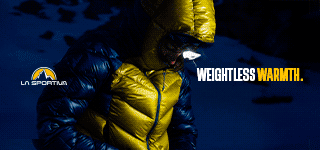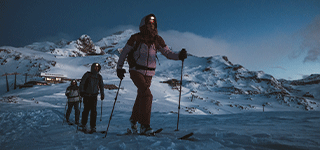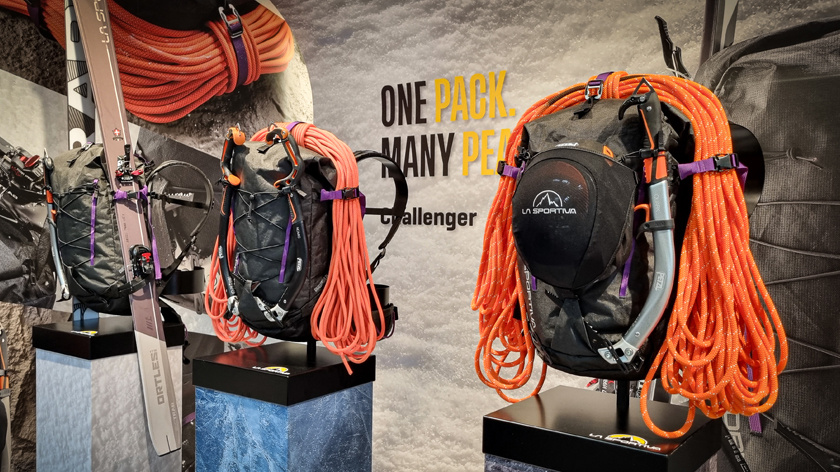When La Sportiva, a symbol of climbing shoes and a top brand for mountain footwear, announced its first apparel collection, some doubted it would be able to carve out another prestigious position in the sector, while others began to seriously worry. Now, having established itself in this product category as well seems not to be enough. In its third act, La Sportiva is talking about backpacks, bags, and chalk bags (coming in February 2026).
4Outdoor è anche su Whatsapp. È sufficiente cliccare qui per iscriversi al canale ed essere sempre aggiornati.
Axel Haas Interview
Hi Axel, we all thought that after footwear and apparel, La Sportiva had found its “evolutionary peace,” but what you’re telling me about really seems like Act Three. What can you tell us?
Yes, that’s definitely it. In the outdoor world, backpacks are the third largest business, so La Sportiva had a sense of responsibility to enter this market, with its own ideas, knowledge, and product development approach. The company has reached the point of maturity where it can seriously approach the creation of a range of new products, such as backpacks, travel bags, and chalk bags.
Did you already have any backpacks in your collection if I’m not mistaken?
Yes, but now we’re talking about something completely different. While our catalog previously offered products designed to offer a sort of total look, we’re now talking about highly technical products, conceived by a dedicated team of R&D and product marketing experts who collaborate in a development, testing, and market launch process with the same attention and determination that are characteristic of footwear and apparel.
How long did it take to develop the products we see here?
We began thinking about this new product category about three years ago, starting by studying the market in terms of product state-of-the-art and needs, selecting suppliers, and conducting extensive research on materials, which we then tested in our in-house laboratories for tear, abrasion, and load resistance. As always, we tried to forge our own path, avoiding simply following our competitors.
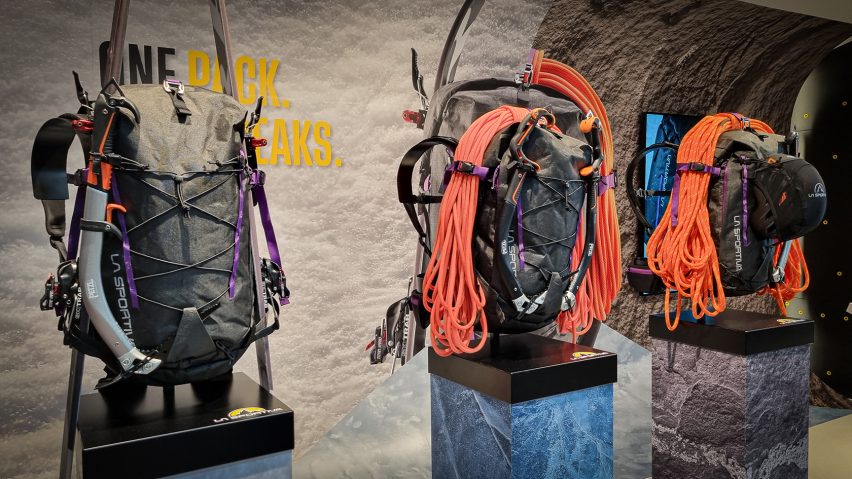
What are you launching about backpacks, and who are they aimed at?
We will launch the Challenger 28, which will be the top of the range of the collection, alongside the Granite 32 L and 22 L, made with less noble materials (but still very high-performance and already validated by the market, such as Ripstop Nylon).
Let’s talk about the Challenger 28 L, what main fabric does it use?
We chose a fabric used in the nautical industry, a multilayer laminate in high molecular weight and high tenacity PE, with a PU coating to guarantee water repellency, the fabric with the best weight/strength ratio to date.
Let’s see this backpack set up in different configurations, can it be transformed according to your needs?
Yes, versatility is one of the key features of our new backpacks, meaning the ability to modify their functional aspects based on the user’s mission. In practice, it’s the most effective way to reduce the need for multiple products for different activities, such as mountaineering, ski mountaineering, ice climbing, or rock climbing.
The base is therefore a mountaineering backpack with a body in technical fabric whose components can be modified by subtraction or addition.
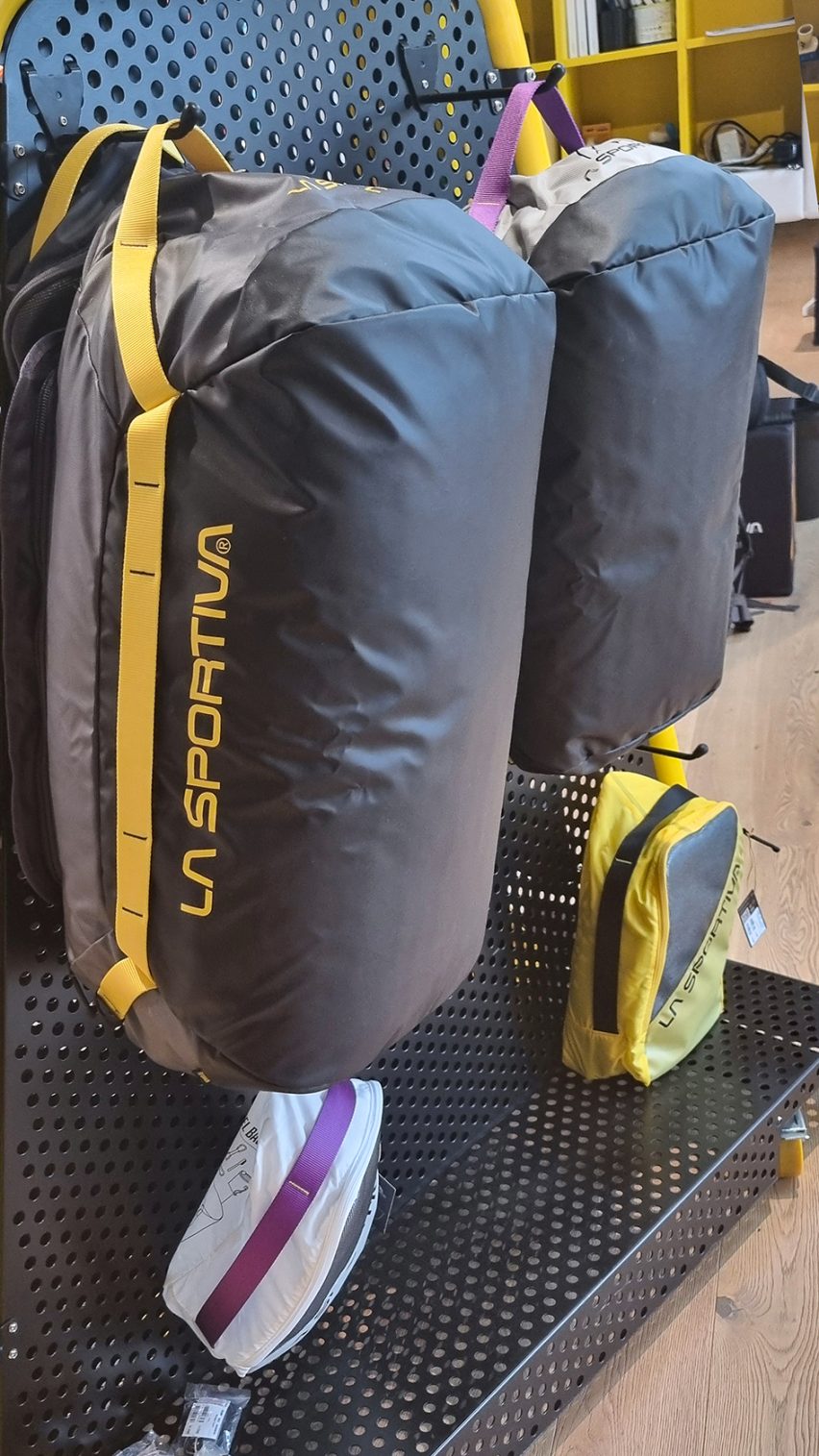
The removable upper side compression straps allow you to laterally block a rope of up to 80 m, while in combination with the lower ones, the front Daisy Chain and the closure system can modify the ski attachment in A-Style or diagonal configuration.
The two front Daisy Chains also allow you to attach a helmet holder or pass through an elastic containment cord. The waist belt can be removed for greater freedom of movement and weight reduction.
We mentioned that one of the configurations is for ski mountaineering, but does it also have internal space for safety equipment?
Yes, despite the roll-top construction, the backpack’s interior isn’t a single volume. Instead, there’s a lining that creates a front compartment. This can be accessed from the top (when the backpack is open) or via a water-repellent side zipper (when the backpack is closed and skis are attached). It can hold avalanche gear and be quickly accessible. A second zipper inside the first also provides access to the main compartment.
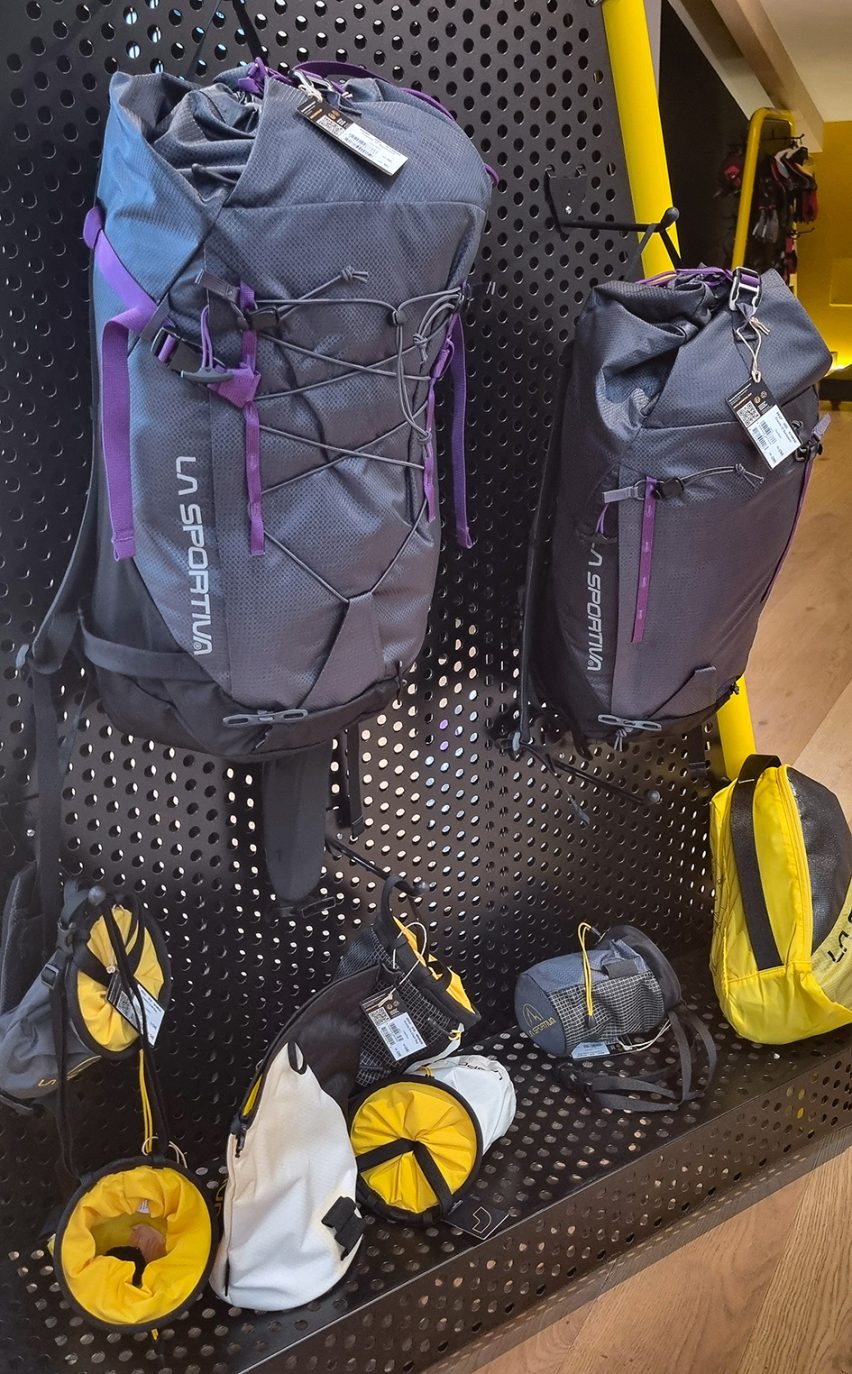
Let’s talk about structure. Some mountaineering backpacks have no frame at all, others use thermoplastic layers, and still others use aluminum frames. How did you work?
The Challenger already has a relatively large capacity, because if you think about it, a 28L expandable to 32L can carry a lot of weight, so it’s almost essential to give it structure. On the other hand, this may be superfluous for some or detract from the perceived technicality of the product. Therefore, we opted for a thermoformed back panel to ensure perceived comfort on the back, combined with a plastic frame combined with an aluminum bar. The backpack thus has three configurations: maximum structure with all three elements, medium structure with the removal of the metal bar, and maximum lightness with the removal of the plastic frame as well.
Tell me about the “little brothers.” Are the Granite 22L and 32L both mountaineering backpacks?
Yes, the 22 L is the classic daypack for alpine climbing, very clean and compact on the back for more technical climbing, while the 32 L is slightly more structured, with the possibility of having the same features as the Challenger but with a Nylon fabric that makes it softer.
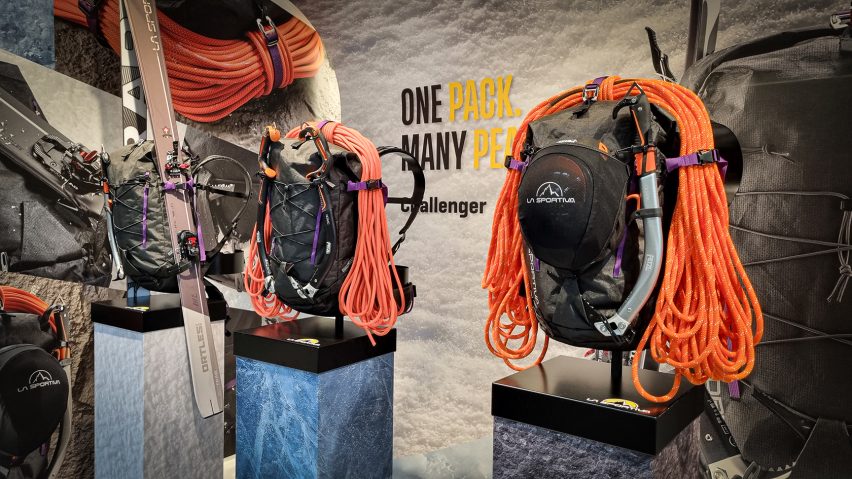
We mentioned that a series of Duffel bags, travel or shipping bags, are also included in the catalogue…
Yes, exactly, this is also a great innovation. We’ve created 70L and 40L bags that, compared to the competition, while guaranteeing the sturdiness expected from bags of this type, offer a unique softness and lightness. This is thanks to the use of a special nylon fabric that uses perfectly calibrated deniers and coatings.
